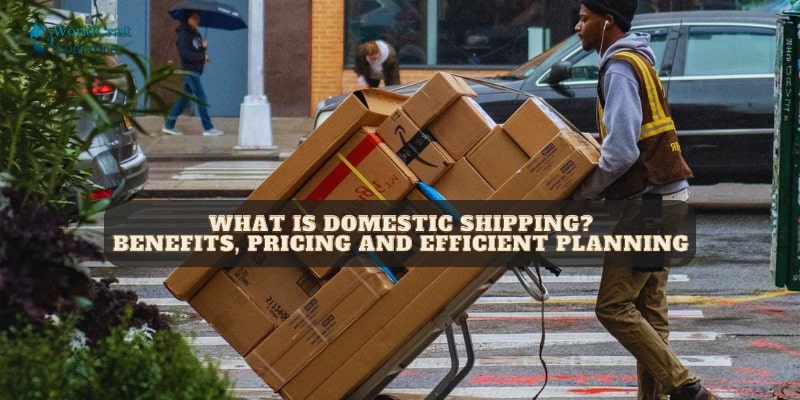
Starting June 1st, 2023 Our warehouse fee will be $0.65/cubic foot per month
In effort to lower the warehouse storage fee during inflation, we have went narrow aisle racking.This construction took us four months but the project is finally completed. With narrow aisle racking, we are able to drop storage by 24%.We as partners will go through this inflation together.
03/20/2023
Don't be daunted by shipping large items! It's essential to familiarize yourself with methods like Less-than-Truckload (LTL) shipping, which can be beneficial even if you aren't planning to ship oversized items in the near future. Being aware of LTL shipping advantages can help you make informed choices for medium-sized products that might otherwise incur extra fees or overcharges.
In this article, we’re covering everything you need to know to ship BIGGER and BETTER. Let’s get to it!
Selecting the appropriate packaging is essential for preventing damage and can even improve the chances of receiving compensation if your items are damaged during transit. For shipping heavy or oversized products, we suggest using:
• Durable outer materials such as thick cardboard (consider double-boxing or incorporating inner packaging)
• Corner protectors (like foam corners) to safeguard the edges of your product
• Sturdy sealers like heavy-duty duct tape, stitching, or staples
While determining the best packaging techniques, ensure that both inner and outer packaging are employed. Keep in mind the four common causes of freight damage:
• Shock
• Vibration
• Compression
• Exposure (to elements such as humidity, dirt, etc.)
For bulky or hard-to-lift items, carriers may prefer palletized products. Even if it's not required, palletization is an effective method to protect the bottom of your shipment from damage.
Ensuring correct weight and dimensions is vital to avoid profit losses, as incorrect measurements or weight estimations can lead to fees over $900 on parcel items. To prevent this, use a precise shipping scale and verify your weight and dimensions before arranging freight.
If your manufacturer calculates weight and dimensions, regularly confirm that packaging changes haven't impacted these measurements.
For products returned after being shipped as parcels, we advise using Less-than-Truckload (LTL) shipping if they initially met 90% of the parcel threshold for combined dimensions or weight. This is because customers may repackage products, causing weight and dimensions to change and trigger additional fees.
Selecting an unsuitable shipping method for heavy items can significantly impact your business by incurring additional shipping costs. Typically, LTL services are required for the transport of bulky items. Nonetheless, we have provided guidance on when to opt for alternative solutions.
When to use parcel
Parcel shipping is appropriate for packages weighing less than 150 pounds and measuring no more than 108 inches in length or 165 inches in combined length and girth. Compare parcel rates with LTL options for packages weighing over 30 pounds, as special handling fees for parcel shipping are sometimes higher than LTL rates. LTL may also be preferable for larger packages that require special handling or services.
When to use LTL
LTL shipping is optimal for packages that exceed parcel limits or are close to the threshold (within 90 percent of the limit). This is especially important for returns, as repackaging by customers can affect shipment weight and dimensions.
Review your freight invoices for each SKU on a regular basis to ensure that no overage fees are incurred. If so, switch to LTL transport.
When to use FTL
Choose Full-Truckload (FTL) shipping when sending multiple items or a single item large enough to fill an entire truck to the same destination.
Step 4: Consider Shipping Insurance
Shipping insurance is a valuable investment for quick compensation in cases of lost, stolen, or damaged goods. Without it, you'll rely on carrier liability, which has limited coverage and can take up to 120 days for payouts.
We strongly suggest purchasing shipping insurance for items that are fragile or of high value. Using our quick-quoting tool, you can acquire insurance at reduced rates.
Step 5: Manage Shipments
Review your SKUs frequently to avoid incurring fees for incorrect weight/dimensions, addresses, and product categories. Additionally, monitor the rate of damage to ensure that carriers properly handle your goods. Consider switching to a new carrier if the damage rate is high.
MintN

Education
01/05/2025

Education
02/18/2025

Education
01/01/2024

Education
08/28/2024

Education
11/13/2023